Future of Solar, Renewable Energy, Solar Energy, Solar Energy Basics

If you’ve been exploring options for a more sustainable energy source, you’ve likely come across terms like ‘solar panel’ and ‘solar array.’ While they might seem synonymous, they delineate very distinct concepts in the field of solar energy. You might be wondering, what distinguishes a solar array from a single solar panel? Let’s unravel this together.
Solar panels and solar arrays both play vital roles in the conversion of sunlight into usable domestic electricity. The key distinction lies in their scale and composition.
A solar array is more than just the collection of solar panels that often catch our eye. These panels, filled with solar cells, are responsible for the primary task of converting sunlight into electricity. To keep them in the right position, especially angled towards the sun for maximum energy absorption, they are equipped with mounting hardware, which can be tailored for ground or rooftop locations.
However, the magic doesn’t stop there. Since the electricity generated by the panels is in direct current (DC), and most homes operate on alternating current (AC), an inverter is introduced to the system to make this crucial conversion. Some solar arrays, especially those designed for off-grid setups, come with battery storage, holding onto excess power for those times when the sun isn’t shining.
Any system with a battery also employs a charge controller, ensuring the battery neither overcharges nor discharges excessively. Lastly, to keep a keen eye on the efficiency and performance of the array, many modern setups incorporate monitoring systems that track the solar output.
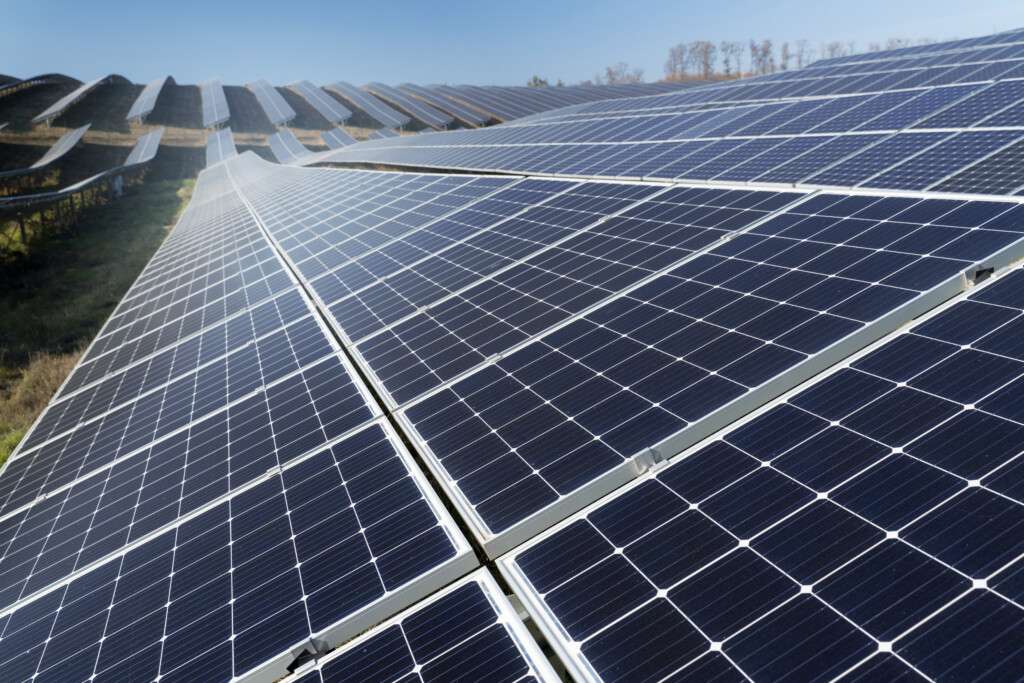
Energy from the sun (solar energy) seems like an abundant and infinitely available resource, and for good reason. After all, our planet receives an overwhelming 173,000 terawatts of solar energy constantly. But did you ever wonder how we can capture, concentrate, and use this energy efficiently? That’s where solar arrays come into play. They are the main tool for unlocking the potential of solar energy.
What exactly is a solar array?
🔆 A solar array, essentially, is a collection of multiple solar panels, bound together to form a unified unit or ‘array’. This array, as a whole, functions to gather and transform sunlight into usable electricity.
Now, the science behind how arrays capture and magnify solar energy is both fascinating and critical to understand. Let’s delve into this a bit.
However, simply having a large array is not enough. The configuration or layout of the array plays a pivotal role in maximizing energy capture. The most effective solar arrays are those oriented to face the direction of the sun’s path throughout the day. In the northern hemisphere, for instance, the panels should generally face true south for maximum daylight exposure.
Another significant factor is the tilt of the array. An optimal angle would be equal to the geographical latitude of the location. For example, if you live at a latitude of 40 degrees, tilting your panels at a 40-degree angle will generally ensure the best possible sunlight capture throughout the year. Solar array is much more than a mere assembly of solar panels. It’s a scientific structure, complete with solar cells, modules and strategic configuration, that efficiently harnesses and magnifies solar energy.
Considering a shift towards a greener household through the integration of a solar array involves more than just purchasing panels and getting them installed. The decision requires an intricate understanding of the multiple factors that affect the design and placement of these systems.
Firstly, the exact geographical position of your residence greatly influences the efficiency of the solar setup. It’s a well-observed fact that in the Northern Hemisphere, solar panels often achieve peak efficiency when facing south. For instance, studies by the U.S. Department of Energy have shown that panels facing south with a tilt approximately equal to the latitude of the location can boost efficiency by up to 25% compared to less optimally oriented setups. But the geography is just one facet. Potential obstructions like towering trees or proximate buildings can cast shadows, detrimentally affecting the solar array’s output. It’s not just a minor hiccup— shading can lead to efficiency losses of over 20% in some scenarios.
If you’re leaning towards roof-mounted installations, the condition of your roof becomes paramount. It must be in good health, adequately sized, and structurally sound. After all, a solar installation is a long-term commitment, often lasting 25 years or more. The roof’s orientation and incline also come into play. According to the National Renewable Energy Laboratory, roofs with a 30-degree tilt are generally seen as ideal for solar in many regions of the U.S.
Lastly, but crucially, there’s a legislative dimension. Some regions have stringent regulations concerning solar installations. For example, in California, the “Solar Rights Act” supports homeowners wanting to install solar arrays, but you still have to navigate local codes and potential homeowners association restrictions.
Keep in mind that each home and location is unique, and what works for one may not be efficient for another. To make an informed decision, it is highly recommended to conduct a comprehensive assessment of your property and seek professional advice.
Comparing ground-mounted and roof-mounted arrays can help illustrate which choice could be best for your specific circumstances.
Ground-Mounted Arrays: These are typically installed in large open spaces and offer more flexibility in terms of orientation and tilt, leading to potentially higher efficiency. However, they do consume a lot of ground space and may not be suitable for smaller properties.
Roof-Mounted Arrays: These are most common in residential settings due to their space-saving nature. They are typically less expensive to install, as there is no need to build a structure to accommodate them as with ground mounting. However, they are heavily influenced by the shape, condition, and orientation of your home’s roof.
Therefore, the choice between ground-mounted and roof-mounted arrays depends on a comprehensive evaluation of space availability, roof condition, ownership considerations, and personal preference.
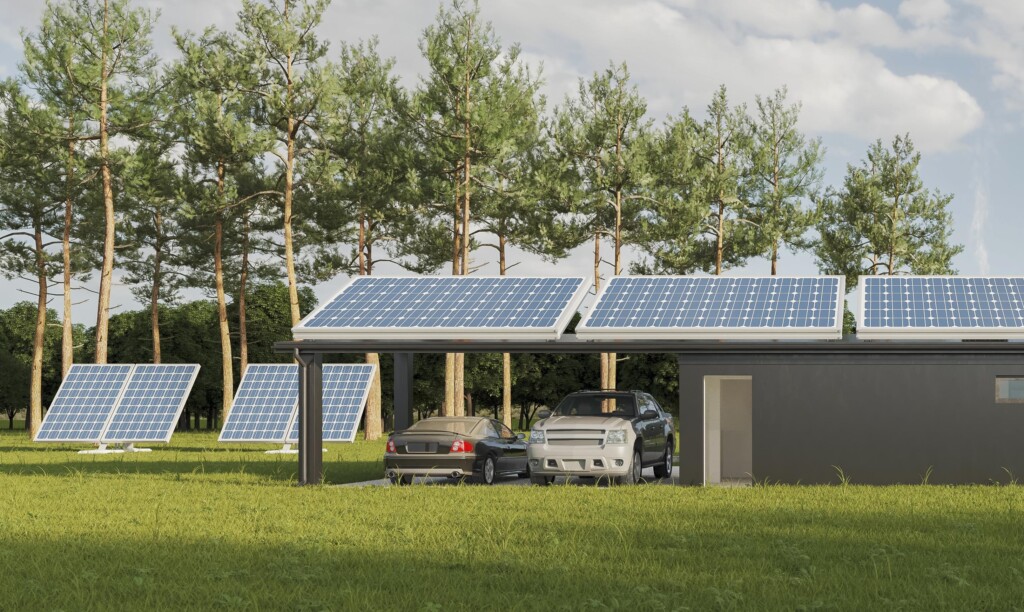
Determining the correct size for a solar array in your home requires thorough consideration of your current and future energy requirements. According to the U.S. Energy Information Administration, the average American household uses about 877 kWh per month. Solar panels, on the other hand, produce around 250 to 400 watts depending on the size and efficiency of your array. Therefore, to cover 100% of your energy needs, you’ll need enough panels to reach somewhere between 2,500 to 4,800 watts. However, these numbers only serve as a baseline. Your exact needs will depend on factors such as geographical location, hours of effective sunlight, roof size and angle, and local electricity rates.
For instance, in sunnier states like Arizona or California, you may require fewer panels than in cloudier regions like Washington or Oregon. Bear in mind that your future energy needs could also increase due to lifestyle changes or plans to buy more energy-consuming devices or electric vehicles. As a general rule, it’s wise to oversize your installation by about 25% to account for these potential increases and ensure you have room to expand your array if necessary. By addressing these considerations, you’ll be in a strong position to choose the right size solar array for your home, not only for today, but for years to come.
Having a larger solar array also means that you’ll generate more excess energy that can be sold back to the grid. Now that we’ve covered what a solar array is and the factors to consider when sizing one, let’s look at whether they offer the right solution for your home. The key to making this decision lies in understanding the benefits that solar arrays offer and comparing these with your specific goals and situation.
Solar arrays provide several significant benefits. Firstly, they can substantially reduce your monthly energy bills by generating a substantial portion, if not all, of your household’s electricity needs. Secondly, they could offer a reliable source of energy, potentially preserving your home from blackouts that affect your local grid. Lastly, they help reduce carbon emissions, contributing to environmentally sustainable living. To evaluate whether a solar array is right for your home, consider your average energy consumption, your location’s sunlight availability, the age and condition of your roof, and financial considerations such as upfront costs and potential return on investment.
Whether you’re keen on taking the ecological path or simply want to reduce your electricity bill, installing a solar array at home could be a worthy consideration. In the goal of maximizing your solar array’s effectiveness, two key factors come under scrutiny – array configuration and tracking systems.
So, what is an array configuration, one might ask? Well, it essentially refers to the arrangement of solar panels in your setup. The configuration can drastically impact the energy yield of your solar array.
The ‘series‘ configuration links panels in a row. This sequence allows the current to flow through one panel to the next, making it somewhat akin to a marathon, where the energy ‘runner’ must travel through each ‘checkpoint’ (panel) in succession.
The ‘parallel‘ configuration, on the other hand, connects all panels to a common line, akin to a race where all runners (energy) start at the same point and run side by side. This layout ensures that the power output of the array remains undiminished even if one of the panels underperforms.
Each has its unique advantage, with the choice often dictated by the peculiarities of your home, such as available space, shading issues, and power requirement.
The right configuration can certainly enhance the energy yield of a solar array. It’s all about making the most of every moment of sunlight that your array receives.
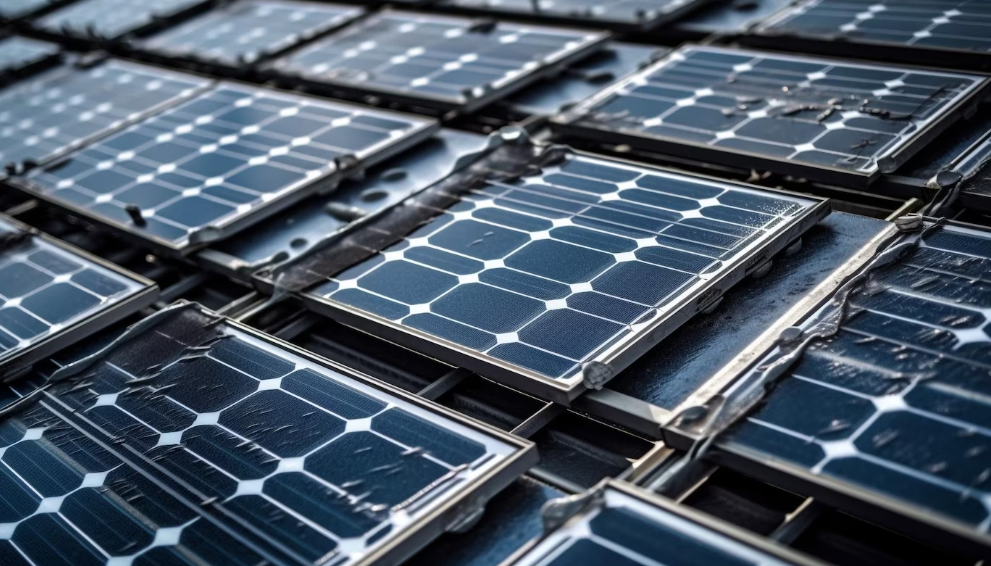
The second vital element that can boost the efficiency of your solar array is the use of tracking systems. These solar trackers tilt and shift the panels throughout the day to capture the maximum amount of sunlight.
A ‘single-axis‘ tracker moves your solar panels along one axis, typically aligned with the north-south direction to follow the sun’s east-west path across the sky.
A ‘dual-axis‘ tracker, conversely, pivots the solar panels along both the east-west and north-south axes, making the most out of the sun’s movement.
Although more expensive, trackers can dramatically increase your solar array’s energy yield – particularly in regions where daylight hours are extensive.
Driving the efficiency of your solar setup, tracking systems ensure that your array is always at the optimal angle to capture sunlight – thereby harvesting more energy.
The benefits of solar arrays are many and varied, improving not only the efficiency of your home’s energy system, but also your overall self-sufficiency and independence. Below, we delve deeper into two key benefits: increased energy yield and the potential to achieve energy independence.
Increased energy yield compared to individual panels: A solar array, which consists of multiple solar panels linked together, is capable of absorbing solar energy more consistently and effectively than individual panels would. This is because arrays cover a larger surface area, allowing them to capture more sunlight and convert it into electricity. That said, it’s not just about the quantity of energy produced, but also the quality. Solar arrays are designed to optimize the direction and angle of each panel, thereby generating a steady flow of high-quality electricity throughout the day, even in less than ideal weather conditions.
Potential to achieve energy independence: With a solar array in place, you have the exciting opportunity to achieve energy independence. Solar arrays can organize a large number of solar panels in a compact space, produce a terrific amount of electricity, and enable homeowners to cut ties with utility companies. You’ll be able to generate your own power, thus negating the need for sourcing it from increasingly expensive and unstable energy markets. By producing your own energy, you gain control over a crucial aspect of your home and life. Imagine, no more worrying about sudden power outages, unpredictable energy price hikes or the environmental impacts of non-renewable energy sources.
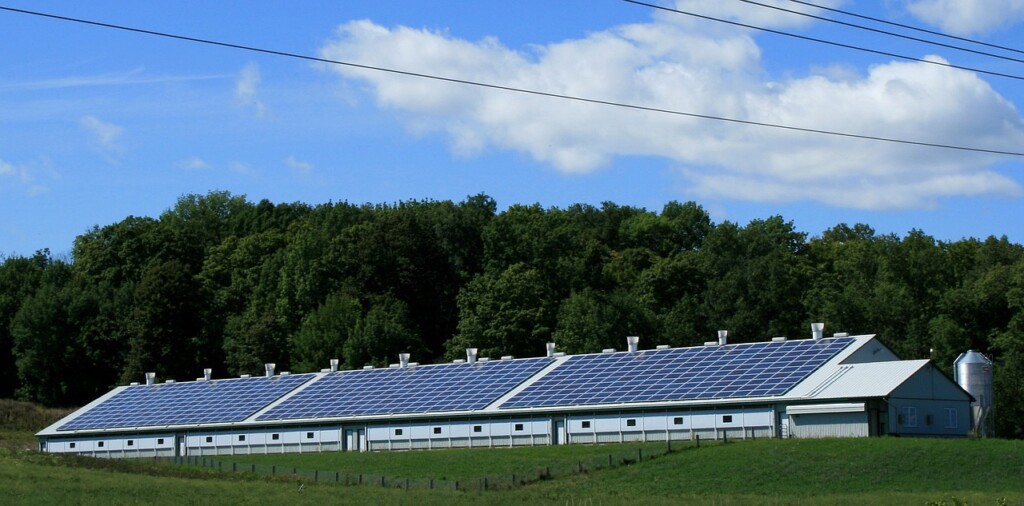
When considering the installation of a solar array in your home, there are some challenges that you may encounter. To make an informed decision, it’s vital to consider these potential downsides before embracing this form of renewable energy. Here we discuss some of them:
Spatial Requirements: A solar array requires a good-sized, unobstructed area to be installed in order to efficiently capture the sun’s rays. Depending on the number of panels you need and the available space in your home, spatial constraints can indeed be a significant issue. An average solar panel is about 1.6m x 1m in size. To calculate how much space you’ll need, multiply the area of one panel by the number of panels you plan to install, bearing in mind your roof’s slope and orientation.
Aesthetic Considerations: Given their size and distinctive look, the aesthetics of solar panels might not appeal to everyone. Some people might find them a distracting element on their home’s architecture. Hence, it’s crucial to consider how the array would affect the overall appearance of your home. If aesthetics is a major concern, you might want to explore solar shingles or solar glass, which can blend more seamlessly with the architecture of the house, although these options tend to be more expensive.
Initial Installation Costs: Solar arrays involve high upfront costs, primarily because of the price of the panels and the cost of installation. It’s important to consider your budget, and whether you’re ready for an investment that takes several years to pay off. The initial costs might seem high, but considering the long-term savings, the overall return on investment can be significant. Various governmental incentives and subsidies are also available that can help cover part of the cost.
Connecting your solar array to your home’s electrical system requires a clear understanding of the interconnection process and offers the potential for seamless integration with battery storage solutions.
When it comes to harnessing the power of the sun through a solar array, the integration with your home’s electrical system is a critical step. This process, known as ‘interconnection’, enables you to use the energy generated by your solar array for powering your household appliances.
✒️ Note: It’s important to ensure a safe and efficient interconnection, which should be done by a professional installer. They understand the requirements and regulations set by local authorities and can ensure your system is compliant.
The process of interconnecting a solar array to your home’s electrical system begins with the installation of an inverter. Given that solar panels produce electricity in direct current (DC), this inverter plays a vital role in converting DC into the alternating current (AC) that most home appliances rely on. Once the inverter is firmly in place, the next step is to integrate the solar array with your home’s electrical panel, ensuring a seamless flow of energy.
Additionally, an advantage of this setup is the capacity to link the system to the broader power grid. When the array produces surplus electricity beyond your home’s consumption, this excess can be channeled back into the grid. However, such an interconnection not only necessitates a meter to track the amount of power you’re contributing but also the green light from your local utility company.
Incorporating a battery storage system into your solar array not only elevates your home’s energy autonomy but also offers a safety net during utility disruptions. One of the standout benefits of this integration is the bolstered energy independence it brings. With a battery in place, homes can tap into stored energy during times when the solar panels fall silent, be it nighttime or stretches of low sunlight.
Moreover, these batteries serve as a crucial backup during power outages, ensuring a continuous electricity supply until the main grid springs back into action. Beyond these advantages, there’s a financial boon as well: during those high-demand intervals when electricity rates spike, leaning on the battery’s stored energy instead of drawing from the expensive grid can lead to noticeable reductions in energy bills.
💭 Keep in mind: While the upfront cost of a home battery can be high, potential savings from increased solar energy use and lower electricity bills can offset this expense over time.
If you’re curious about the potential of solar panels and arrays for your home, it’s important to understand how various climates can impact their efficiency. The performance of solar arrays can significantly differ depending on your local weather conditions and geographic location.
Climatic variations across seasons significantly influence solar array performance, with each weather condition presenting its unique challenges and benefits.
Hot and Sunny Climates: In areas with lots of sun and high temperatures, solar arrays can perform exceptionally well due to the abundance of sunlight. However, extremely high temperatures can reduce the efficiency of solar panels, as they operate best at moderate temperatures.
Cold and Sunny Climates: Contrary to common belief, solar panels can still perform well in cold, sunny climates. Though it may seem counterintuitive, the cold can enhance electricity production, as long as there’s sufficient sunlight.
Overcast and Rainy Climates: Cloudy and rainy conditions can decrease the efficiency of solar panels since they obstruct the sunlight reaching the panels. That said, modern solar arrays can still generate a significant amount of electricity in these conditions, albeit lower than in optimal conditions.
Snowy Climates: Snow-covered solar panels can’t produce electricity because sunlight can’t penetrate the snow layer. However, the reflectivity of the snow can boost production once the panels are cleared.
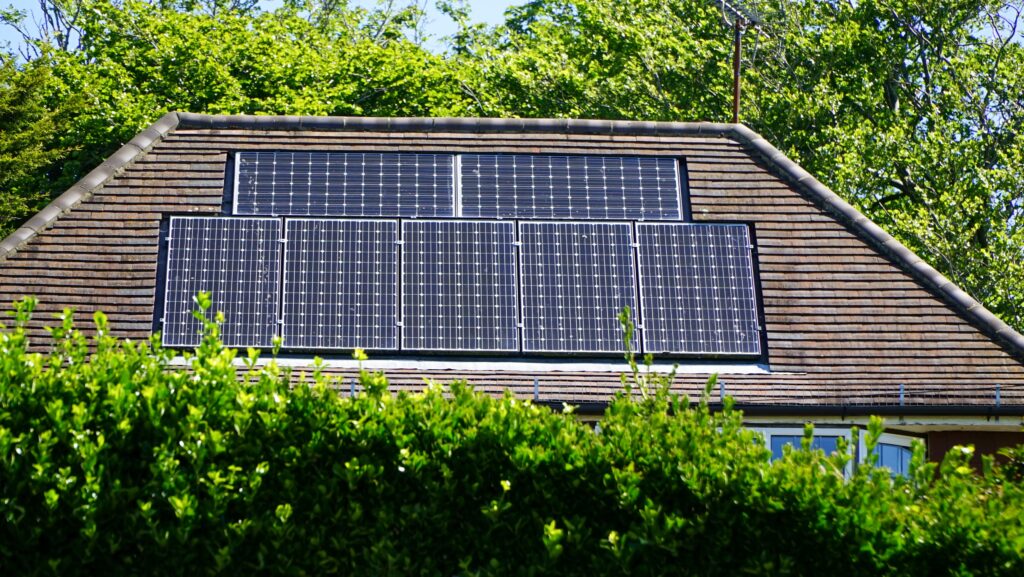
Adjusting to diverse weather patterns is key in harnessing the best from solar installations throughout the year.
Panel Positioning: The angle and direction of your solar panels significantly affect their efficiency. Panels should be positioned to receive maximum sunlight exposure throughout the day. In the northern hemisphere, this usually means facing south.
Cooling Mechanisms: For hot climates, cooling mechanisms may be installed to keep the panels at an optimal operating temperature and prevent overheating.
Regular Maintenance: Keeping solar panels clean and clear of debris, especially in snowy or dusty environments, can ensure optimal operation. This includes clearing snow in the winter and dust or leaves in other seasons as needed.
Using High-Efficiency Panels: High-efficiency solar panels can help offset lower light conditions in overcast climates, as they’re designed to convert more of the available light into electricity.
It’s important to remember that while certain climates are more optimal for solar power than others, advancements in solar technology make it possible for homeowners in virtually any location to benefit from solar energy. Evaluating your local climate and weather patterns is key to optimizing the installation and operation of your residential solar array.
If you are considering a shift towards a greener and potentially cost-saving method of generating electricity, you might find the prospect of installing a solar array at your home appealing. However, before proceeding with this, there are three primary considerations you should review.
Evaluating the suitability of your property is the first crucial step towards installing your solar array. A suitable property requires ample sunlight, a sufficiently large area for platting the panels, and a structure resilient enough to secure them. Landscape, building design, and local legislation might also impact this evaluation. The orientation and angle of your roof, shade created by surrounding structures or trees, and your geographical location all play a significant role in how efficient your solar power system would be.
Investing in a solar array can be a significant financial commitment, but it does come with several monetary benefits and great significance for environment conservation. Although the initial expense might be hefty, the long-term savings and potential for selling excess electricity back to the grid can be worthwhile. However, understanding your property’s potential for solar energy generation, local electricity rates, and the cost vs benefits of such a system is necessary. By producing your own energy, you are reducing the strain on the electrical grid and contributing to a decrease in global carbon emissions.
Professionals in the field of solar energy solutions are the best people to provide you with trusted advice about installing a solar array at your home. It’s not just about the purchase and installation; these experts can provide information on potential tax incentives, grants, and warranty specifics. They will also devise the best strategic plan tailored to your property to maximize efficiency. Reliable and correct information from a local professional is your best tool in evaluating and making the shift to solar energy.
These considerations collectively form the initial process of assessing the prospect of shifting to solar energy for your home. Undertaking these considerations seriously and diligently will pave the way for a smoother transition into a greener, more self-sufficient lifestyle.
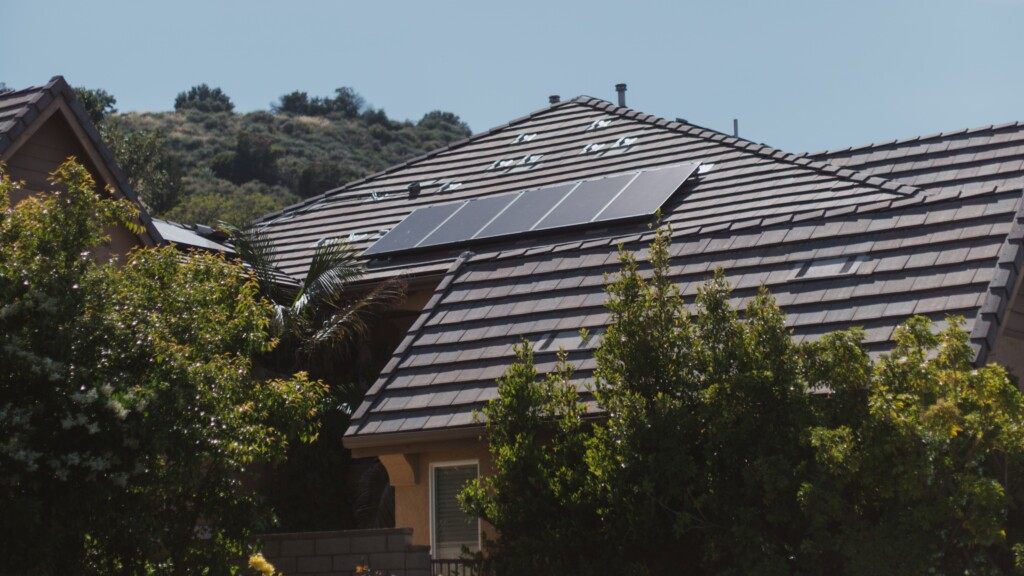
Embracing a solar array as part of your household isn’t merely an avenue to slash electricity bills. In a world that’s rapidly transforming, it represents a significant move towards a greener, more sustainable tomorrow. By opting for solar panels, you actively participate in the global transition from a reliance on fossil fuels to the embrace of clean, renewable energy.
Solar arrays have the remarkable ability to generate energy without spewing carbon dioxide into our atmosphere, which noticeably diminishes your home’s carbon footprint. This energy solution also underscores the virtue of resource conservation by drawing from the sun’s plentiful bounty, sparing our dwindling non-renewable resources. Furthermore, the concept of solar power champions localized energy production. This means that by producing electricity right at consumption sites, we bypass the energy wastage typically seen in long-distance power transmission and distribution.
We exist in a pivotal time in history, where individual actions contribute significantly to the collective push for a sustainable future. Choosing to invest in solar energy is more than a personal investment—it’s your contribution to a movement. You play a key part in this transformative process, indicating to markets and policy-makers that there is a demand for renewable alternatives. The transition to renewables is not just about reducing environmental impact. It is also about building a more just, forward-looking society that respects resource limits and prioritises equitable development.
Installing a solar array in your home can present numerous advantages, from saving money on energy bills to lessening environmental impact. Most importantly, it is a clear vote for a world powered by sustainable and renewable energy. Though it may seem like a small step on an individual level, each solar panel installed shapes our collective future.
Stay a while and read more posts like this
Imagine a source of energy that’s efficient, renewable, and capable of reducing our reliance on fossil fuels. Picture a world where the heat residing beneath...
Renewable energy, often referred to as alternative energy, is derived from natural resources or processes that continuously renew themselves. This includes naturally...
Green Energy, Green Living, Renewable Energy
Ever pondered the impressive perks of using green energy? Given the burgeoning cognizance about how traditional energy sources are affecting our environment, the...